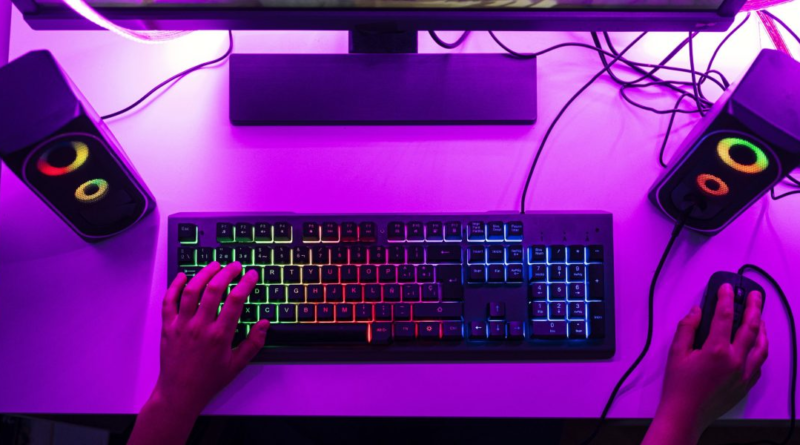I’m a game developer CTO. AI is forcing us to rethink the rules—and boosting my appreciation for human creativity
Before I started my journey in professional game development, my experience was limited to home-brewed games and tech demos I had made from scratch in my spare time during university. When I started out at Midway Games (and began working primarily in Unreal Engine 3 on titles like Stranglehold and Mortal Kombat vs DC Universe), I was amazed at the power of professional development tools put to expert use by talented developers. The potential seemed limitless, and over the years I came to realize an important rule: The quality of a development team could only be fully realized via the power of its development tools.
I never imagined that I’d one day be leveraging artificial intelligence as a tool to revolutionize not just gameplay, but the game development process itself. Today, as chief technology officer at Studio 369, I’m witnessing firsthand how AI is transforming the craft with our flagship title, MetalCore.
AI speed boost
Throughout my career, from programming at studios like Midway Chicago and WB Games to cofounding indie studios like Phosphor Games, I’ve seen technology reshape our industry. But the AI revolution we’re currently experiencing is unprecedented in its potential to alter the processes and challenges of game development.
At Studio 369, we’re harnessing AI not just to enhance player experiences, but to revolutionize our production pipeline. AI-powered tools are allowing our artists to prototype and iterate faster than ever before. What once took weeks can now be accomplished in days or even hours. This acceleration in development not only reduces costs but also allows us to be more responsive to play-testing feedback—in game development, design iteration is king, and a tight response loop is necessary to iterate effectively.
Take the example of creating a cutscene. The typical process would involve a complex production pipeline of scriptwriting, storyboarding, animation, camera blocking, previs rendering (or creating a rough version of a scene), FX (effects), audio, and post processing before it would be ready to view in final form. At each step a lot of info can be lost in translation. What if the writing team wanted to insert a line of dialogue? What if the end result is not what the director intended? The costs and wasted time can be astronomical.
With AI tools, we can go directly from script to animated storyboard/previs demo within a day, so we can all be on the same page about what the end result should be without wasting time on work that will end up changing down the road. This allows us to iterate on the cutscene without excessive cost, in ways we never before could, while ensuring that it remains at the highest quality for the final product.
We’re also using AI to create personalized experiences that keep players engaged longer. AI helps us create dynamic narratives and adaptive challenges that respond to individual player behaviors, ensuring each journey feels unique.
AI controversy in video games
But the integration of AI in gaming can be a double-edged sword. While it offers unprecedented possibilities for creativity and efficiency, it has also sparked controversy and backlash. Roblox, for instance, has faced criticism for its AI-generated game assets, which have the potential to flood the platform with low-quality, derivative content, potentially drowning out human creators.
Similarly, Fortnite’s experiment with AI-generated content led to worries about job displacement and the homogenization of game experiences.
Such cases underscore a crucial point: AI, when implemented without careful consideration, can erode the very things that make games special, namely human creativity, artistic vision, and player trust. AI is very good at reproducing the illusion of quality. It is very good at emulating creative styles that already exist and mixing them in novel ways, at speeds humans cannot. AI can even pretend, with frightening aptitude, to be a human. Coupled with humanity’s general tendency to anthropomorphize things, we can make the mistake of thinking AI can replace an artist—but this is a trap. AI can only imitate the way that a talented human artist connects with and inspires their audience.
It is now that we must reaffirm an old corollary to the quality rule: If a dev team can only be as good as its tools, a game can only be as good as its dev team. AI will never replace human creativity, storytelling, craft, and collaboration.
From indie studios to top publishers, those who can effectively harness AI will have a significant competitive advantage. But it’s not just about making games in faster or less expensive ways; it’s about creating new possibilities for creativity and player engagement that were previously unimaginable, and about empowering the teams with tools that allow them to reach the limits of their creative potential.
More must-read commentary published by Fortune:
The opinions expressed in Fortune.com commentary pieces are solely the views of their authors and do not necessarily reflect the opinions and beliefs of Fortune.




